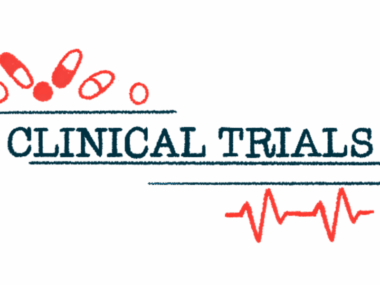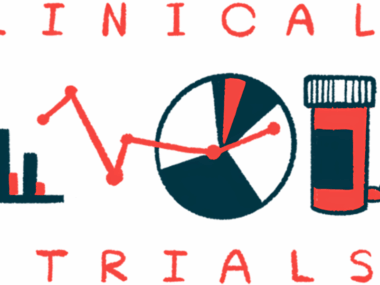Gain readies for Phase 1b trial of Parkinson’s therapy GT-02287
Trial expected to start this year, with data by mid-2025
Written by |

GT-02287, an oral small molecule from Gain Therapeutics, was found to be safe and well tolerated in healthy volunteers. It was also able to reach its target area, the brain, showing it has potential as a treatment for Parkinson’s disease linked to the GBA gene.
The company plans to build on the positive Phase 1 clinical findings and begin a Phase 1b clinical trial in Parkinson’s patients before the year ends, said Gene Mack, Gain’s chief financial officer and interim CEO. The trial will further test how safe GT-02287 is and to establish proof of its mechanism based on relevant biomarkers.
“When we look at the topline results from the Phase 1 study of GT-02287, our main takeaway is that the data we have observed in preclinical models are potentially playing out in healthy volunteers,” Mack said in an email to Parkinson’s News Today. “We are encouraged by these findings and believe GT-02287 has significant potential to address the unmet needs of the countless Parkinson’s Disease patients, and to potentially have a profound impact on their quality of life, as well as their caregivers’.”
The company expects to have data from Parkinson’s disease patients “by mid-point 2025,” Jonas Hannestad, MD, PhD, chief medical officer at Gain, said in a company press release announcing the top-line Phase 1 clinical findings.
Gene targeting
Mutations in the GBA gene are the most common genetic risk factor for Parkinson’s. The GBA gene codes for glucocerebrosidase (GCase), an enzyme that breaks down fatty molecules in cells. When mutated, the enzyme becomes less functional, causing waste to build up. This buildup includes toxic proteins like alpha-synuclein, which clumps in the brain and contributes to the disease.
GT-02287 is designed to work as an allosteric activator of GCase — that is, a small molecule that binds to the enzyme and restores its function. This is expected to prevent alpha-synuclein from clumping in the brain, slowing Parkinson’s, a neurodegenerative disease where symptoms worsen over time.
In preclinical models of Parkinson’s, GT-02287 restored the enzyme’s function and reduced the levels of alpha-synuclein clumps. This helped to protect nerve cells from degeneration, as seen by lower levels of neurofilament light chain, a biomarker of nerve cell damage.
When treated with GT-02287, mice given a GCase inhibitor to mimic Parkinson’s caused by mutations in the GBA gene showed better motor function and cognitive performance than untreated mice, suggesting the treatment may slow disease progression.
The goal of the Phase 1 trial was to test how safe and well tolerated GT-02287 is, and how it moves into, through, and out of the body, when given to people as single or multiple ascending doses. The trial involved 72 healthy volunteers in Australia, ages 64 and younger. About 15% were older than 50.
The treatment appeared to be safe and well tolerated, and no serious side effects were reported even at the highest doses tested. GT-02287 was found in the cerebrospinal fluid, which surrounds the brain and spinal cord, suggesting it can reach its target area.
Oral dosing allowed GT-02287 to reach therapeutic levels in the blood. Further testing showed “target engagement,” the company said, meaning the small molecule effectively bound to the GCase enzyme as expected.






